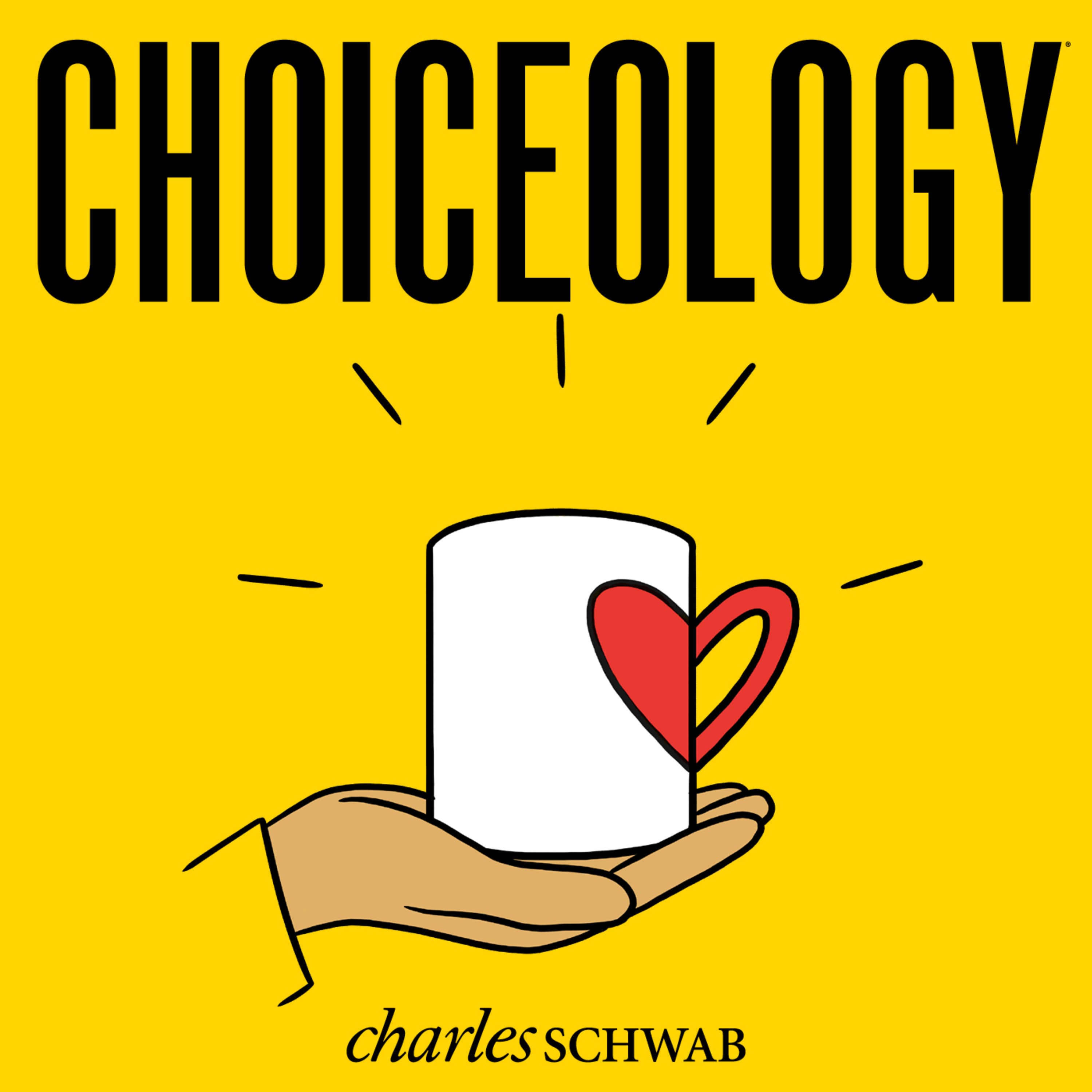Love the Mug You're With: With Guests Joel Platt, Sally Sadoff & Richard Thaler
"For most things are differently valued by those who have them and by those who wish to get them; what belongs to us, and what we give away, always seems very precious to us." –Aristotle
In this episode of Choiceology with Katy Milkman, we look at the peculiar ways people tend to value the things they own.
- The episode begins with a tour of the Sports Immortals Museum. Owner and proprietor Joel Platt claims it's the largest and most diverse assortment of sports mementos in the world. You'll hear Joel tell some amazing stories behind a few of his most prized pieces—stories about Babe Ruth, Muhammad Ali, Honus Wagner, Jim Thorpe and Jack Dempsey. Joel spent decades collecting memorabilia, much of which he believes is priceless. But it turns out there's a disconnect between Joel's valuation and those of independent appraisers and potential buyers.
- Katy explores this disconnect with Nobel Prize–winning economist Richard Thaler, who describes his inspiration to identify and measure the bias that can cause people to overvalue things they own. Richard Thaler is the co-author of Nudge: Improving Decisions About Health, Wealth, and Happiness.
- Sally Sadoff of the Rady School of Management at UCSD joins Katy to discuss her research on performance bonuses for teachers. She explains how the effectiveness of these incentives can change dramatically depending on whether teachers are given the bonuses at the beginning of the school year or at the end. And it all has to do with how teachers perceive ownership of these bonuses.
- Finally, Katy harkens back to the first episode of the season to explain some simple strategies to reduce the negative aspects of this bias.
Choiceology is an original podcast from Charles Schwab.
If you enjoy the show, please leave a rating or review on Apple Podcasts.
Learn more about behavioral finance.
All expressions of opinion are subject to change without notice in reaction to shifting market conditions.
The comments, views, and opinions expressed in the presentation are those of the speakers and do not necessarily represent the views of Charles Schwab.
Data contained herein from third-party providers is obtained from what are considered reliable sources. However, its accuracy, completeness or reliability cannot be guaranteed.
Apple Podcasts and the Apple logo are trademarks of Apple Inc., registered in the U.S. and other countries.
Google Podcasts and the Google Podcasts logo are trademarks of Google LLC.
Spotify and the Spotify logo are registered trademarks of Spotify AB.



